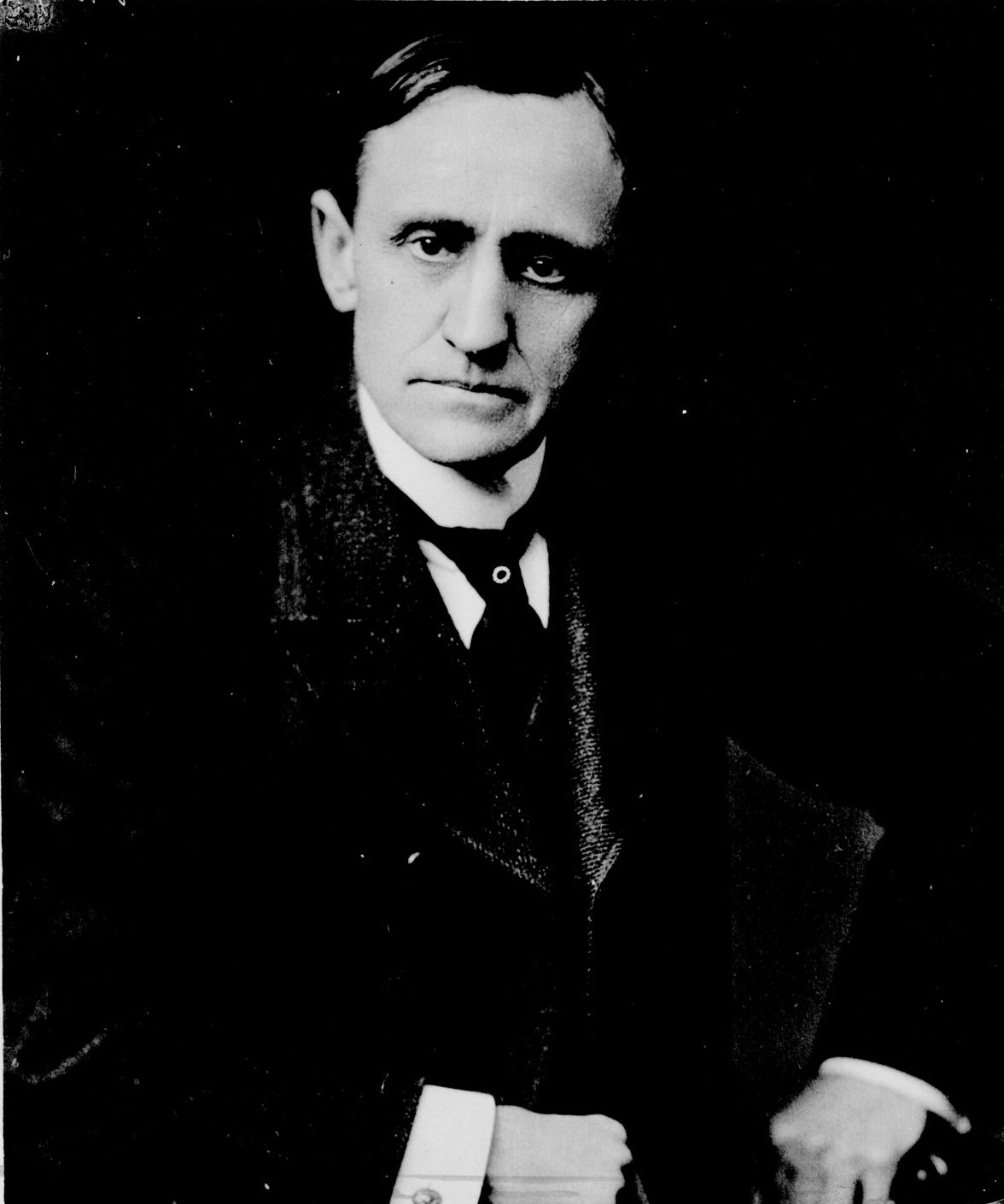Robert A. Long

While many entrepreneurs are motivated by youthful dreams of great success, the founder of one of Kansas City’s largest business empires claimed never to have set lofty goals for himself, but instead advised simply “doing what seems to be assigned to you to do next, and keep pegging at it.” This practical philosophy led Robert A. Long to build his Long-Bell Lumber Company from the ground up and made him one of the nation’s leading industrialists.
Long was born December 17, 1850, in Shelby County, Kentucky, to Samuel and Margaret White Long. He and his eight siblings were expected to work from a young age on their father’s modest farm, although by age 22, Robert had decided to seek his living elsewhere. He came to Kansas City to start a new life on the strength of his small savings and a good word from his banker uncle.
One of Long’s greatest strengths was his ability to remain flexible in his thinking when a situation called for a new approach. After the failure of his first business venture—a butcher shop near 10th and Broadway—Long simply moved on to a new project. He and two partners attempted to establish a haying concern in Columbus, Kansas. They lost money selling hay, but Long discovered the key to his future business success in this second failure. In the rapid re-sale of the lumber out of which his hay barn had been made, he became aware of the great demand for timber in booming towns across the relatively treeless southern plains.
Using first Louisiana pines, then Pacific Northwest firs, Long and his partners sought to develop their lumber business at all levels. Eventually they cut trees from thousands of acres of company-owned timberland, operated their own sawmills (including the world’s then largest), and distributed their product from over 100 Long-Bell lumberyards.
At the height of his fortune, Robert A. Long constructed a home fit for the true baron of industry he had become. When it was completed in 1911, he and his wife Ella, a Columbus girl he married in 1876, occupied their lavish Beaux-Arts mansion on Gladstone Boulevard which they called Corinthian Hall. Modeled on the antebellum plantation homes Long remembered from his Kentucky youth, it was the grandest residence Kansas City had ever seen. Long also established Longview Farm near Lee’s Summit, Missouri—a working horse and stock farm of nearly 1,700-acres where his daughter, Loula Long Combs, would develop into a world famous equestrian.
The luxuries of Long’s life were matched by his philanthropic endeavors, and he once remarked that “using money right . . . requires more judgment than to make it.” His most famous philanthropy was the Liberty Memorial, for which he led fundraising efforts and donated a large sum himself. Long was also a great benefactor and devoted congregant of the Independence Boulevard Christian Church.
His interest in giving away his fortune, which exceeded $40 million in peak years, also expressed itself in the establishment of Longview, Washington. There, at a time when lumbermen in the Pacific Northwest often lived in squalid labor camps, Long provided streets, parks, a library and other public buildings at his own expense, hoping to create a true community for his employees.
Robert A. Long died March 15, 1934, at age 83. Although philanthropies and the Great Depression had reduced his wealth, an obituary noted that he had not lost any of his remarkable optimism and open-mindedness.
A previous version of this article appears on kchistory.org: http://www.kchistory.org/content/biography-robert-long-1850-1934-lumberman
This work is licensed under a Creative Commons Attribution-NonCommercial-NoDerivatives 4.0 International License.
